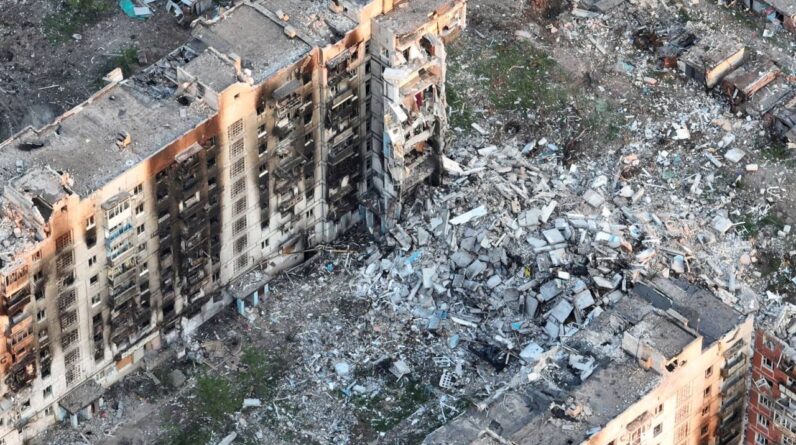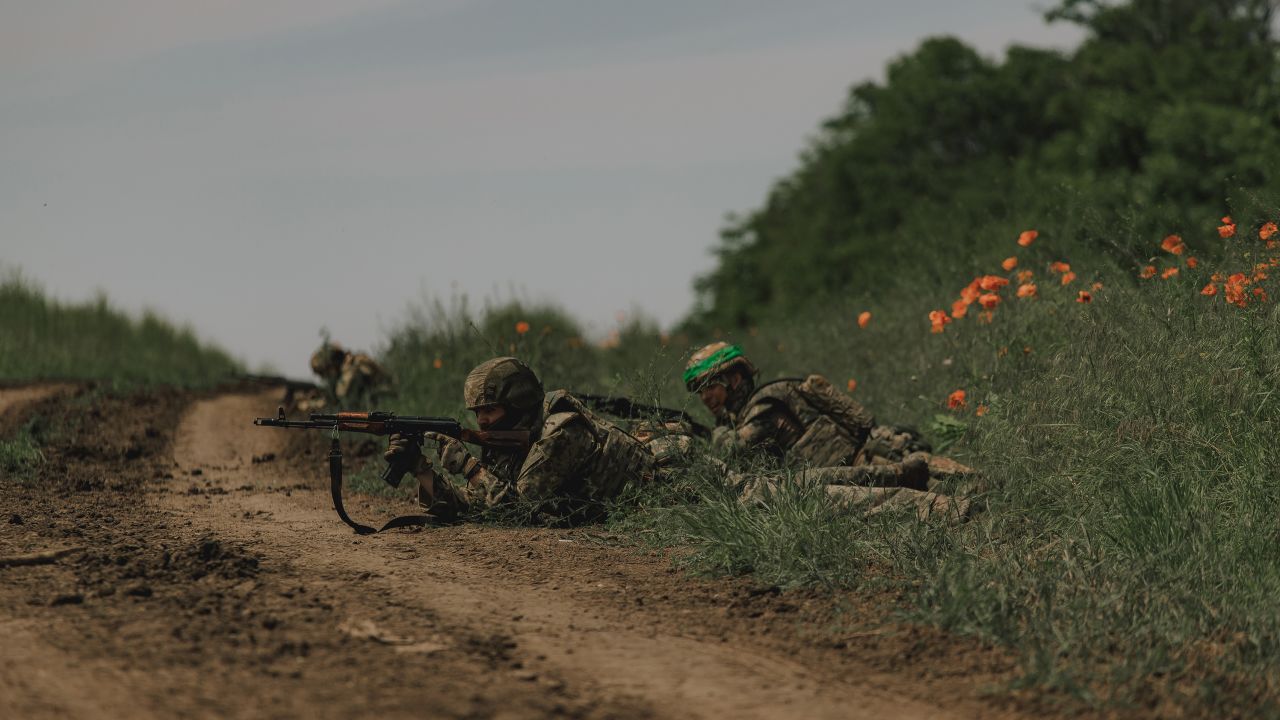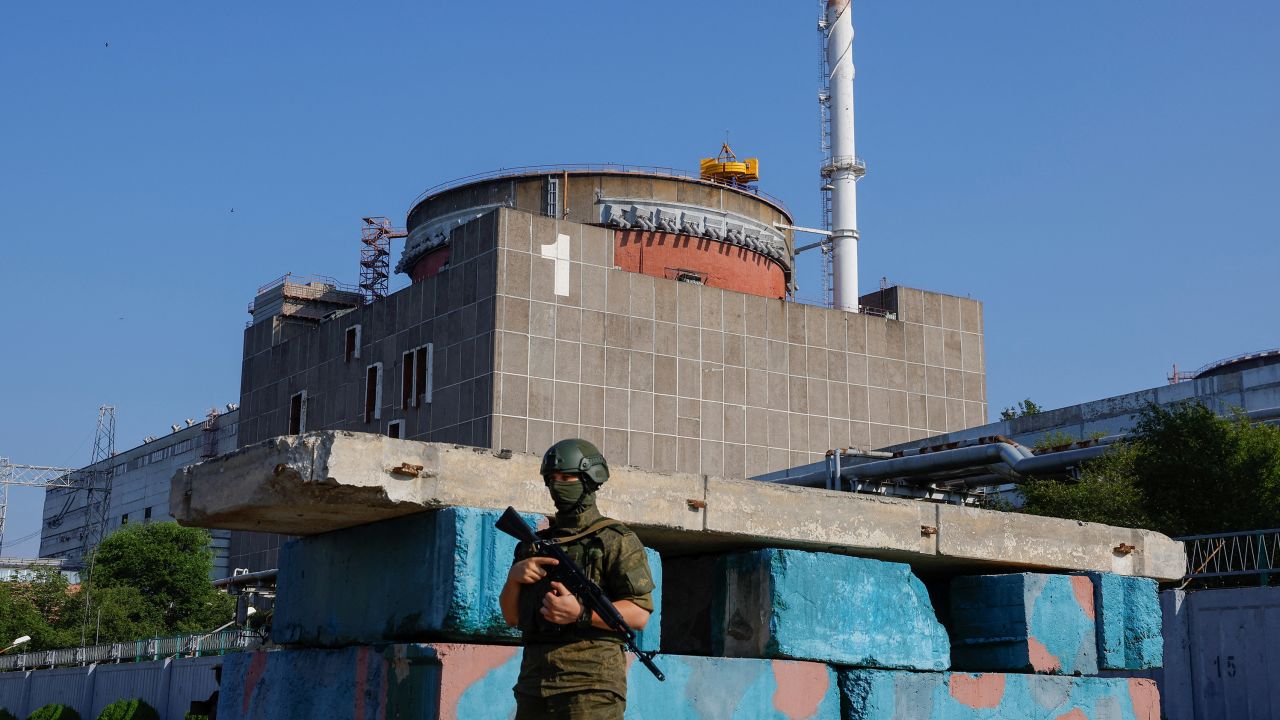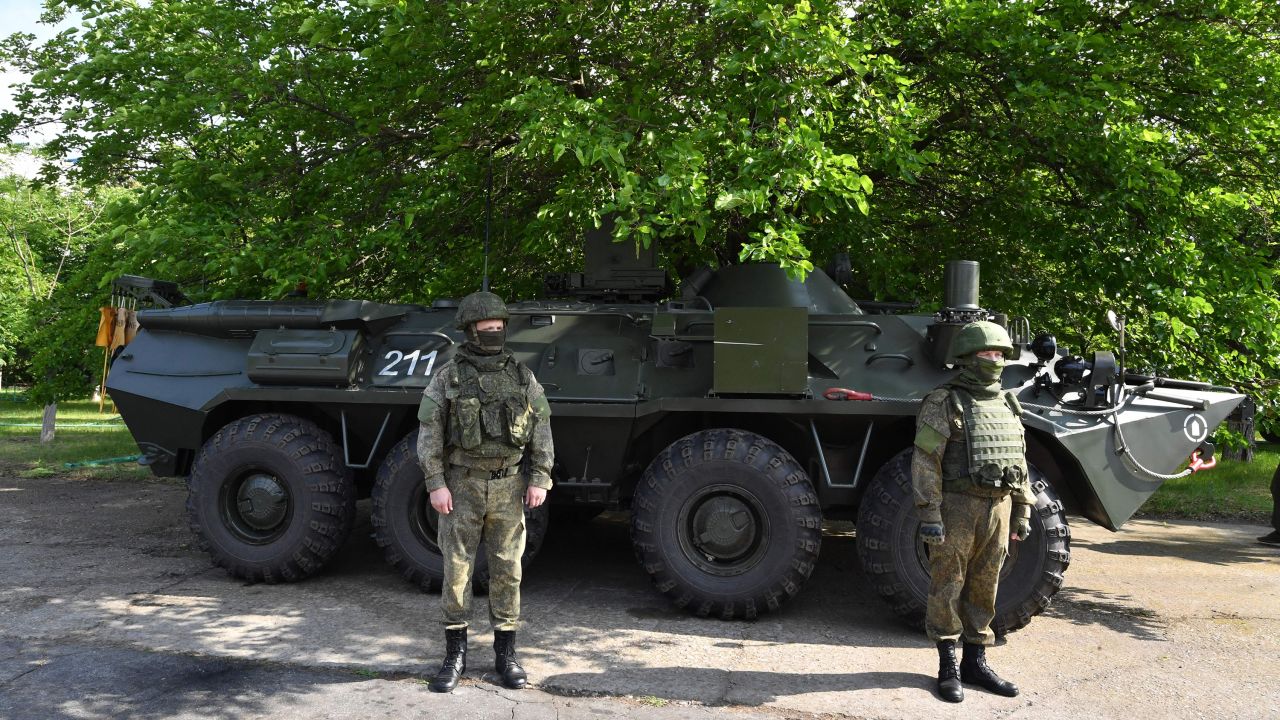
CNN
—
Ukraine’s counteroffensive against Russian forces has yet to pick up the momentum that some overly optimistic observers predicted. So far it seems like the prelude to a more expansive act.
Offensive operations so far have yielded modest gains in southern regions such as Zaporizhzhia, with multi-layered Russian defenses proving difficult to breach. The area is considered a major target for Ukraine as it would mean breaking Russia’s land bridge between annexed Crimea and eastern Donetsk.
But there are also signs that Ukrainian forces are spreading their bets, seeking to reduce Russian gains around Bakhmut and exploiting what they perceive as vulnerabilities elsewhere in the east.
Rather than an overwhelming show of force that concentrates newly formed brigades in one direction, the Ukrainians appear to be trying to pull Russian units in different directions, finding out which ones might be weak or exploiting lines that separate different battalions.
On Thursday, an adviser to Ukrainian President Volodymyr Zelensky’s chief of staff, Mykhailo Podolyak, said the first goal was to eliminate as many Russian recruiting units as possible and “increase psychological pressure on the Russian military.”
“At the same time,” he said, Ukrainian units “are testing to see which areas are the weakest.”
This has included new assault operations around Bakhmut designed to force the Russians to send more units to defend a town that took more than six months to destroy and occupy. On Friday, Ukrainian Ground Forces Commander Oleksandr Syrskyi said the Russians “continue to move some of the most combat-ready units in the direction of Bakhmut.”
Perhaps more surprisingly, there are signs that the Ukrainians are on the front foot near the city of Donetsk, a long frozen line of contact, and further south around what has been the equally static but highly kinetic Vuhledar front.
Ukrainians have the luxury of choosing areas to attack; the Russians must try to defend a snaking front line nearly 1,000 kilometers (621 miles) long, with some units already damaged and patched up.
Still, it’s a formidable task: in the south especially, Ukrainian forces must conduct a frontal assault against deeply prepared defensive positions and, critically, they lack air superiority. The Russians have had months to strengthen the defenses here; there was never any chance of the Ukrainians making the kind of lightning breakthroughs they enjoyed in Kharkiv last fall.
The Institute for the Study of War also warns that it’s too early for takeaways.
“Ukraine has not yet committed the vast majority of its counteroffensive forces, and Russian defenses are not uniformly strong in all sectors of the front line,” he said this week.
Matthew Schmidt, associate professor of homeland security at the University of New Haven, agrees that there are more questions than answers at this early stage.
“Are the Russians reacting strategically? Are they moving troops and supplies as if they see the current focus of the fight as the main thrust? he says.
“Apparently only a quarter of Ukraine’s total force is engaged, what are the rest doing? Are the Russians confused about where they will be used?
Ukrainians will be hoping that the Russian military command under Chief of Staff Valery Gerasimov, now in direct command of forces in Ukraine, will err.
As Mick Ryan, a former general in the Australian armed forces, observes: “There’s an old saying that ‘when your enemy makes mistakes, don’t get in the way’. For some time now, Gerasimov has shown an aptitude for making strategic mistakes,” most notably with the ill-conceived initial attack in February 2022.

So far, the Russian approach to defending its lines in the south appears to have worked relatively well, with the Ukrainians losing mine-clearing tanks and other armor that have become prey to artillery and airstrikes as they try to break through yes Available open source video suggests that heavy use of anti-tank munitions is affecting Ukraine’s front-line units.
“A first [Russian] the force echelon repels or slows attacking forces before a second level of forces counterattacks against any enemy advance,” says the Washington-based Institute for the Study of War (ISW).
one Ukrainian official acknowledged the challenge, writing that “While obstacles can be effectively avoided by mine-clearing vehicles, bulldozers, mine plows and other engineering equipment, it becomes challenging to do so in the presence of drones” that provide real-time data to the enemy. artillery and aviation.
It’s worth noting that Russian units in a hotly contested area – belonging to the 58th Combined Arms Army – are among the most effective in the military.
After a lackluster performance so far, the Russian air force may be a critical factor in the coming weeks, says Matthew Schmidt, an associate professor at the University of New Haven. “That will depend on whether they use glide bombs effectively. Can their rotary aircraft operate safely? In other words, is their Air Force back in the mix because they’ve learned how to counter Ukraine’s air defense measures?

A senior Ukrainian official acknowledged to CNN on Friday that Russian airstrikes and artillery were hampering the advance.
“Their aviation works in waves, as it was in Vietnam, Afghanistan. Continuously, all day long, they work with helicopters or with planes and work all day,” said a deputy battalion commander of the Separate Territorial Defense Brigade to a CNN team near Zaporizhzhia.
He also stressed the lack of air equipment of Ukraine.
“Aviation support is sorely lacking,” he said.
Ukrainian units in the area have had to adapt, often splitting into smaller groups that are less easily detectable.

Schmidt says the Ukrainians will have to learn quickly. “Are the troops learning the tricks they need to successfully break through the Russian lines to be able to teach and lead the next wave of the offensive? This learning effect is crucial to the success of the main thrust of the counteroffensive” .
The Ukrainian commander told CNN: “We are advancing, driving the enemy out of positions, not as quickly as we would like, but we are advancing. In some places, the enemy is already panicking, throwing reserves [in] here.”
If this is true and widely reproduced, Russian forces may be pulled in too many directions to maintain a coherent defense.
The Russians have certainly learned some hard lessons in nearly 18 months of conflict. Russian military bloggers, often critical of the military’s performance, have praised the use of electronic warfare capabilities that have disrupted Ukraine’s communications and targeting, because precision-guided munitions require GPS coordinates .
The Institute for the Study of War said this week that “it is unclear whether Russian EW tactics are the result of superior capabilities or improved Russian employment of these systems,” but there there is some evidence that it has become a priority target for the Ukrainians.
But much of what matters in the coming weeks will depend on events away from the front lines. Ukraine’s targeting of rear positions (command centers, ammunition and fuel dumps) will affect Russian capabilities, as well as the decisions and survival of middle and senior officers on both sides.
Mick Ryan, who also writes the Future Doctrine blog and follows the conflict in detail, says that “if they can limit the availability of fuel and ammunition for Russian combat forces, the Ukrainians will constrain Russian responses to their tactical or operational penetrations and will limit the mobility of the Russian Reserves”.
Nor will we be able to see the evolution of the counter-offensive in real time. There will be bits of information, geolocable video that is often several days old, but secrecy will be paramount for both parties. Moreover, as one Ukrainian officer says: “Operational success is not only capturing positions, but also maintaining momentum and advancing after breaking through enemy defenses.”
Where this momentum plays out will be the story of Ukraine’s push for control. How far it develops can change the course of the conflict and influence how it ends.
Foreign policy veterans Richard Haas and Charles Kupchan suggest that “when Ukraine’s planned offensive is over, Kiev may also feel favorable to the idea of a negotiated settlement, having given its best opportunity on the battlefield and facing increasing constraints on both their own manpower and foreign aid.”
“Even if the West steps up its military assistance, Ukraine is on the verge of not beating Russian forces,” they say.
Others say Ukraine has no choice but to deliver a stunning blow to the Kremlin that ultimately includes taking back Crimea (or at least turning it into purgatory for the Russians).
While some observers see this as a dangerous fantasy, others argue that only this humiliation will deter the Kremlin from a new bout of aggression.
Conclusion: Few would argue that this is the last battle.
Dmytro Kuleba, Ukraine’s foreign minister, has said that if the offensive succeeds in driving Russian forces from Ukrainian soil, “It will be the last. If not, there will be more. If our supplies are cut off ‘weapons, Ukraine will only move to a war of lesser intensity.’
[ad_2]
Source link





